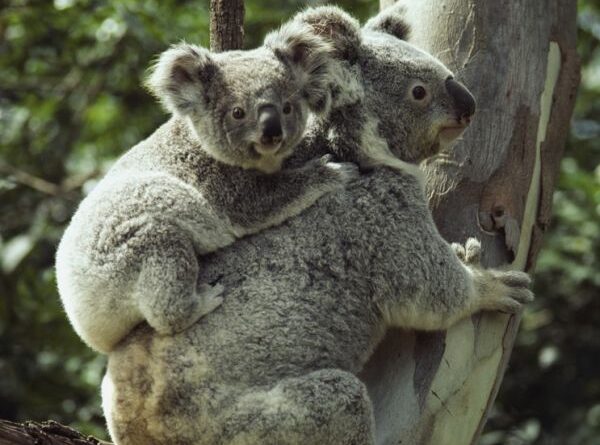The Importance of Plants in Supporting Animal Life
The Importance of Plants in Providing Food Sources for Animals
Plants play a crucial role in providing food sources for animals. Through the process of photosynthesis, plants convert sunlight into energy, which is then used to produce food in the form of fruits, seeds, and leaves. This food serves as a vital source of nutrition for various animal species.
Diverse Plant Life Supports Animal Diets
The diversity of plant life ensures that animals have access to a wide range of food sources. Different types of plants offer varying nutritional profiles, allowing animals to meet their specific dietary requirements. For example, herbivores rely heavily on plants as their primary source of food. They consume grasses, leaves, and other plant parts to obtain the necessary nutrients for their survival.
Plants as a Habitat and Shelter for Animals
In addition to providing food, plants also offer protection and shelter for animals. The intricate structure of plants, such as trees and shrubs, creates a habitat where animals can find refuge from predators and harsh weather conditions. The dense foliage of trees forms a canopy that provides shade and shelter, while the branches and leaves offer hiding places for animals to avoid detection.
Plants as a Source of Medicinal Benefits for Animals
Plants not only provide food and shelter but also offer medicinal benefits to animals. Many plants contain compounds with healing properties that can be used by animals to treat various ailments. For example, some animals seek out specific plants to alleviate digestive issues or to rid themselves of parasites. These natural remedies play a vital role in maintaining the overall health and well-being of animals.
The Interdependence of Plants and Animals
The relationship between plants and animals is one of interdependence. Animals rely on plants for their survival, and in turn, animals play a crucial role in the reproduction and dispersal of plants. Pollinators, such as bees and butterflies, transfer pollen from one plant to another, enabling the plants to reproduce. Similarly, animals that consume fruits and disperse the seeds through their droppings aid in the dispersal and germination of plants.
The Impact of Human Activities on Plant-Animal Interactions
Human activities have a significant impact on the delicate balance between plants and animals. Deforestation, for example, leads to the destruction of plant habitats, depriving animals of food and shelter. Pollution and the use of pesticides also pose threats to both plants and animals, disrupting their natural interactions.
Conservation Efforts to Preserve Plant-Animal Relationships
Recognizing the importance of plant-animal relationships, conservation efforts are being made to preserve and protect these interactions. Initiatives such as reforestation and the creation of wildlife sanctuaries aim to restore habitats and provide safe spaces for animals to thrive. Education and awareness campaigns also play a crucial role in promoting the understanding and appreciation of the vital role that plants play in supporting animal life.
In conclusion, plants play a vital role in providing food sources and protection for animals. Their diverse range of food options, habitat creation, and medicinal benefits contribute to the overall well-being and survival of various animal species. It is essential to recognize and appreciate the interdependence between plants and animals and take active steps to preserve and protect these relationships for the benefit of all living beings.
